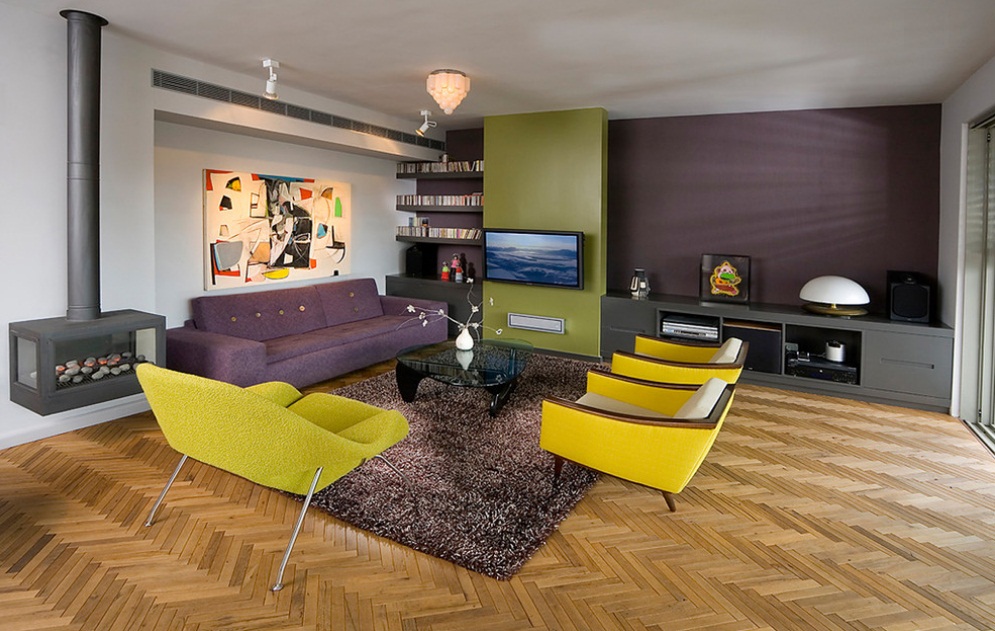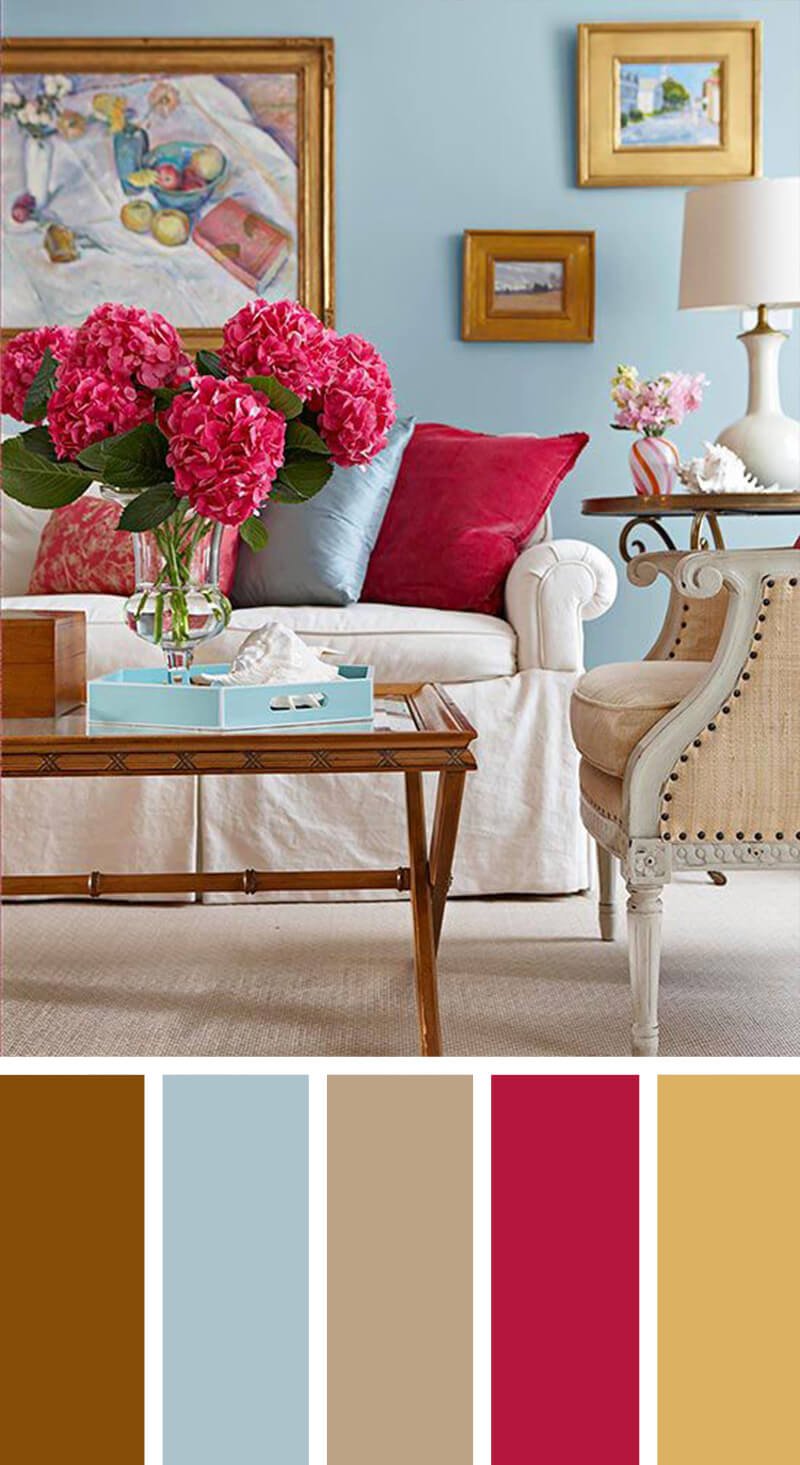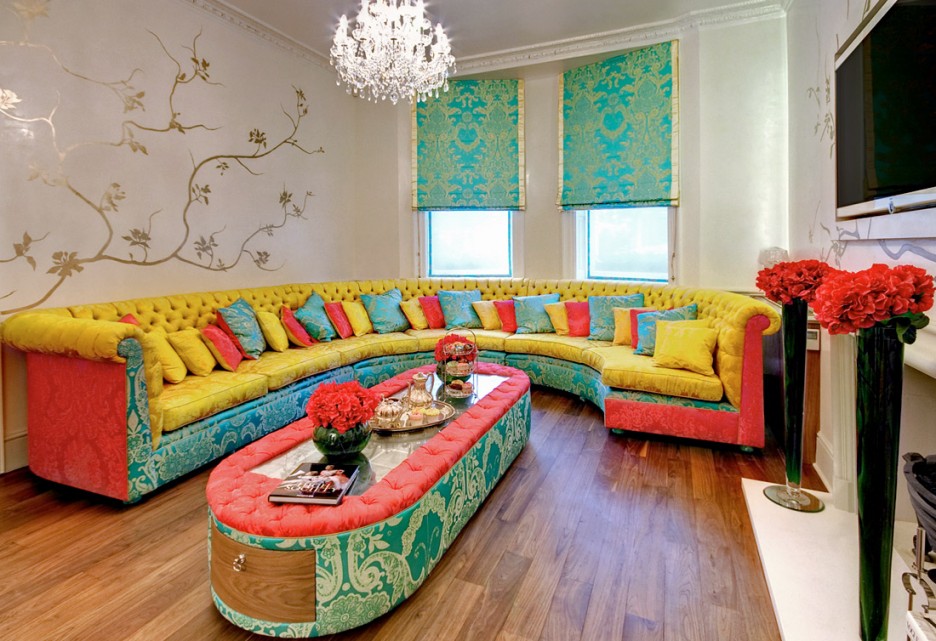Neutral color scheme ideas for living room
Neutral color schemes are a popular choice for living rooms as they provide a calming and versatile backdrop for any design style. Shades of beige, gray, and white are commonly used in a neutral color scheme, creating a timeless and sophisticated look.
Beige is a classic neutral color that can add warmth and coziness to your living room. Pair it with soft whites and warm earth tones to create a comfortable and inviting space. Wooden elements and natural textures can also add depth and visual interest to a neutral color scheme.
If you want to add a touch of elegance to your living room, consider using a gray color scheme. Opt for shades of light gray to keep the space feeling open and airy, or go for a dark gray for a more dramatic and moody look. Black accents can also add contrast and sophistication to a gray color scheme.
White is another popular choice for a neutral color scheme, as it can make a space feel bright, clean, and spacious. However, an all-white living room can feel stark and cold, so consider adding soft pastel accents or metallic elements to add warmth and visual interest.
Monochromatic color scheme ideas for living room
A monochromatic color scheme involves using different shades and tones of a single color. This color scheme can add depth and sophistication to a living room, as well as create a cohesive and harmonious look.
If you want a calming and relaxing living room, consider using shades of blue in a monochromatic color scheme. Lighter shades of blue can make a space feel airy and open, while darker shades can add a sense of coziness and intimacy. White or gray accents can also add contrast and balance to a blue color scheme.
Green is another great choice for a monochromatic color scheme, as it can create a refreshing and invigorating atmosphere. Consider using a mix of light and dark green shades to add depth and dimension to your living room. Plants and natural elements can also enhance a green color scheme and add a touch of organic beauty.
If you want a more dramatic and luxurious living room, consider using a monochromatic color scheme with shades of purple. Lighter shades of purple can create a soft and romantic atmosphere, while dark shades can add a sense of mystery and sophistication. Gold or silver accents can also add a touch of glamour to a purple color scheme.
Complementary color scheme ideas for living room
A complementary color scheme involves using colors that are opposite each other on the color wheel. This color scheme can create a dynamic and visually pleasing living room, as the contrasting colors can enhance each other.
Blue and orange are complementary colors that can create a bold and energetic living room. Consider using navy blue as the dominant color and adding pops of orange through accent pillows or artwork. White or light gray can also help balance out these contrasting colors.
If you want a warm and inviting living room, consider using a complementary color scheme with shades of red and green. Burgundy or brick red can add a sense of luxury and warmth, while olive green can add a touch of earthiness and balance. Wooden elements and natural textures can also enhance this color scheme.
Purple and yellow are another complementary color pair that can create a dramatic and eye-catching living room. Consider using lavender as the dominant color and adding accents of golden yellow for a regal and luxurious feel. White or light gray can also help balance out these bold colors.
Analogous color scheme ideas for living room
An analogous color scheme involves using colors that are next to each other on the color wheel. This color scheme can create a harmonious and cohesive living room, as the colors blend well together.
If you want a calming and serene living room, consider using a mix of green and blue in an analogous color scheme. Sage green and teal can create a tranquil and relaxing atmosphere, while navy blue and seafoam green can add a touch of sophistication and depth. White or light gray can also help balance out these analogous colors.
Yellow and orange are another great color combination for an analogous color scheme. These warm and energetic colors can create a happy and vibrant living room. Consider using mustard yellow as the dominant color and adding pops of coral or burnt orange for a fun and playful touch. Wooden elements and natural textures can also enhance this analogous color scheme.
If you want a bold and luxurious living room, consider using a mix of purple and pink in an analogous color scheme. Deep purple and mauve can create a dramatic and sophisticated atmosphere, while blush pink can add a touch of softness and romance. Gold or silver accents can also add a touch of glamour to this analogous color scheme.
Triadic color scheme ideas for living room
A triadic color scheme involves using three colors that are evenly spaced on the color wheel. This color scheme can create a dynamic and balanced living room, as the colors work together to create a visually interesting space.
If you want a colorful and playful living room, consider using a triadic color scheme with shades of red, yellow, and blue. These primary colors can create a fun and energetic atmosphere. To prevent the room from feeling too busy, use white or light gray as a neutral backdrop and add pops of color through accent pieces or artwork.
Purple, orange, and green are another great triadic color combination for a living room. These colors can create a luxurious and energetic atmosphere. Consider using emerald green as the dominant color and adding accents of deep purple and burnt orange. Gold or brass accents can also add a touch of elegance to this triadic color scheme.
If you want a relaxed and cozy living room, consider using a triadic color scheme with blue, green, and purple. These cool tones can create a harmonious and tranquil atmosphere. Consider using light blue as the dominant color and adding pops of mint green and lavender. Wooden elements and natural textures can also enhance this triadic color scheme.
Tetradic color scheme ideas for living room
A tetradic color scheme involves using four colors that are evenly spaced on the color wheel. This color scheme can create a dynamic and colorful living room, as the colors work together to create a visually interesting space.
Choosing the Perfect Color Scheme for Your Living Room
/169789002-58a723d63df78c345b930ec6.jpg)
Why is the Color Scheme Important?
 When it comes to designing your living room, the color scheme is one of the most important aspects to consider.
Not only does it set the tone and atmosphere of the room, but it also has a significant impact on how the space is perceived.
Choosing the right color scheme can make a small room feel more spacious, a dark room feel brighter, and a boring room feel more lively. The right color scheme can also tie together different design elements and create a cohesive and visually appealing space.
When it comes to designing your living room, the color scheme is one of the most important aspects to consider.
Not only does it set the tone and atmosphere of the room, but it also has a significant impact on how the space is perceived.
Choosing the right color scheme can make a small room feel more spacious, a dark room feel brighter, and a boring room feel more lively. The right color scheme can also tie together different design elements and create a cohesive and visually appealing space.
Consider the Purpose of the Room
/Neutrallivingroom-GettyImages-568518365-5a6260a87d4be80036ac6b0c.jpg) Before deciding on a color scheme for your living room, it's essential to consider the purpose of the room.
Is it a space for relaxation and unwinding, or do you plan on using it as a social and entertaining area?
For a more tranquil and relaxing atmosphere, consider cooler colors such as blues, greens, and purples. Warm colors like reds, yellows, and oranges are better suited for a lively and social space.
Before deciding on a color scheme for your living room, it's essential to consider the purpose of the room.
Is it a space for relaxation and unwinding, or do you plan on using it as a social and entertaining area?
For a more tranquil and relaxing atmosphere, consider cooler colors such as blues, greens, and purples. Warm colors like reds, yellows, and oranges are better suited for a lively and social space.
Choose a Dominant Color
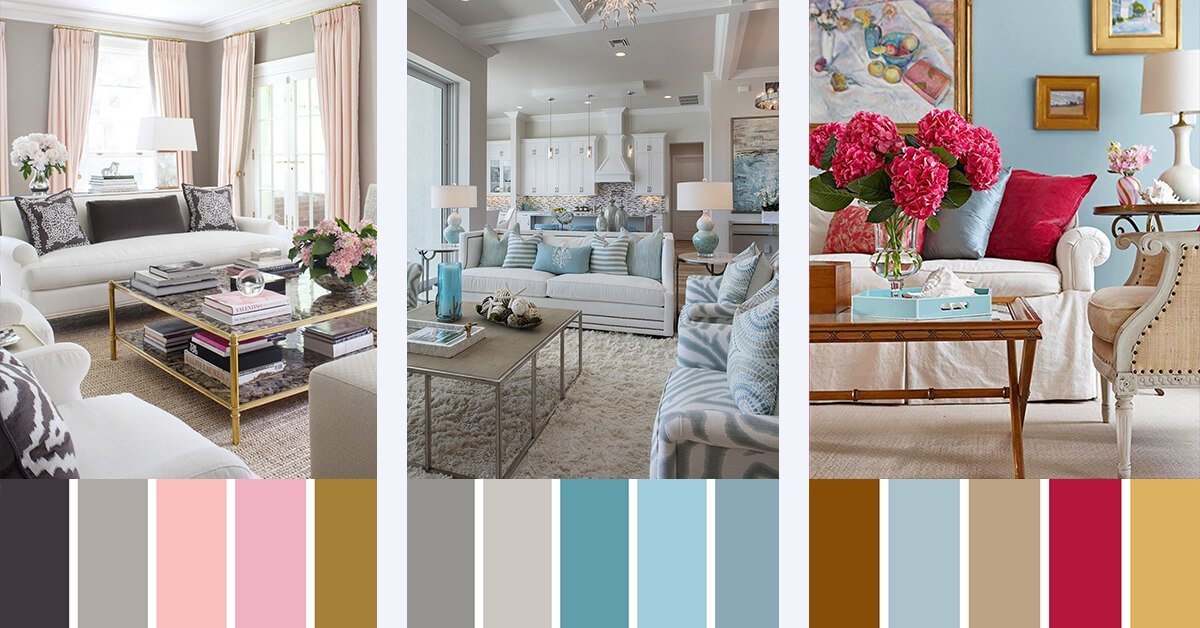 Once you've determined the purpose of your living room, it's time to choose a dominant color for your color scheme.
This color will be the main hue that ties everything together and sets the mood for the room.
It can be a bold and bright color or a more subtle and neutral tone, depending on your personal preference. If you're unsure of which color to choose, take inspiration from your existing furniture or artwork in the room.
Once you've determined the purpose of your living room, it's time to choose a dominant color for your color scheme.
This color will be the main hue that ties everything together and sets the mood for the room.
It can be a bold and bright color or a more subtle and neutral tone, depending on your personal preference. If you're unsure of which color to choose, take inspiration from your existing furniture or artwork in the room.
Complement with Accent Colors
 To add depth and interest to your living room,
choose one or two accent colors that complement the dominant color.
These can be used in smaller doses through accessories, pillows, or curtains.
Make sure to choose colors that are in the same color family as the dominant color to create a harmonious and cohesive look.
To add depth and interest to your living room,
choose one or two accent colors that complement the dominant color.
These can be used in smaller doses through accessories, pillows, or curtains.
Make sure to choose colors that are in the same color family as the dominant color to create a harmonious and cohesive look.
Consider the Lighting
 When choosing a color scheme for your living room, it's essential to consider the lighting in the room.
Natural light can affect how colors appear, so it's crucial to test out different colors in the room at different times of the day.
If your living room has limited natural light, consider using lighter colors to make the space feel brighter and more open.
When choosing a color scheme for your living room, it's essential to consider the lighting in the room.
Natural light can affect how colors appear, so it's crucial to test out different colors in the room at different times of the day.
If your living room has limited natural light, consider using lighter colors to make the space feel brighter and more open.
Don't Be Afraid to Experiment
/Homedecorwarmcolors-GettyImages-640896866-596fcc88af5d3a00110c5931.jpg) Choosing a color scheme for your living room should be a fun and creative process.
Don't be afraid to experiment with different colors and combinations until you find the perfect one for your space. Use color swatches or paint samples to get a better idea of how the colors will look in the room. Remember, you can always change the colors if you're not happy with the results.
Choosing a color scheme for your living room should be a fun and creative process.
Don't be afraid to experiment with different colors and combinations until you find the perfect one for your space. Use color swatches or paint samples to get a better idea of how the colors will look in the room. Remember, you can always change the colors if you're not happy with the results.
In Conclusion
 Your living room color scheme should reflect your personal style and create a welcoming and comfortable space for you and your guests.
Consider the purpose of the room, choose a dominant color, and complement it with accent colors.
Don't forget to take into account the lighting and don't be afraid to experiment. With these tips in mind, you can create a beautiful and inviting living room that you'll love spending time in.
Your living room color scheme should reflect your personal style and create a welcoming and comfortable space for you and your guests.
Consider the purpose of the room, choose a dominant color, and complement it with accent colors.
Don't forget to take into account the lighting and don't be afraid to experiment. With these tips in mind, you can create a beautiful and inviting living room that you'll love spending time in.
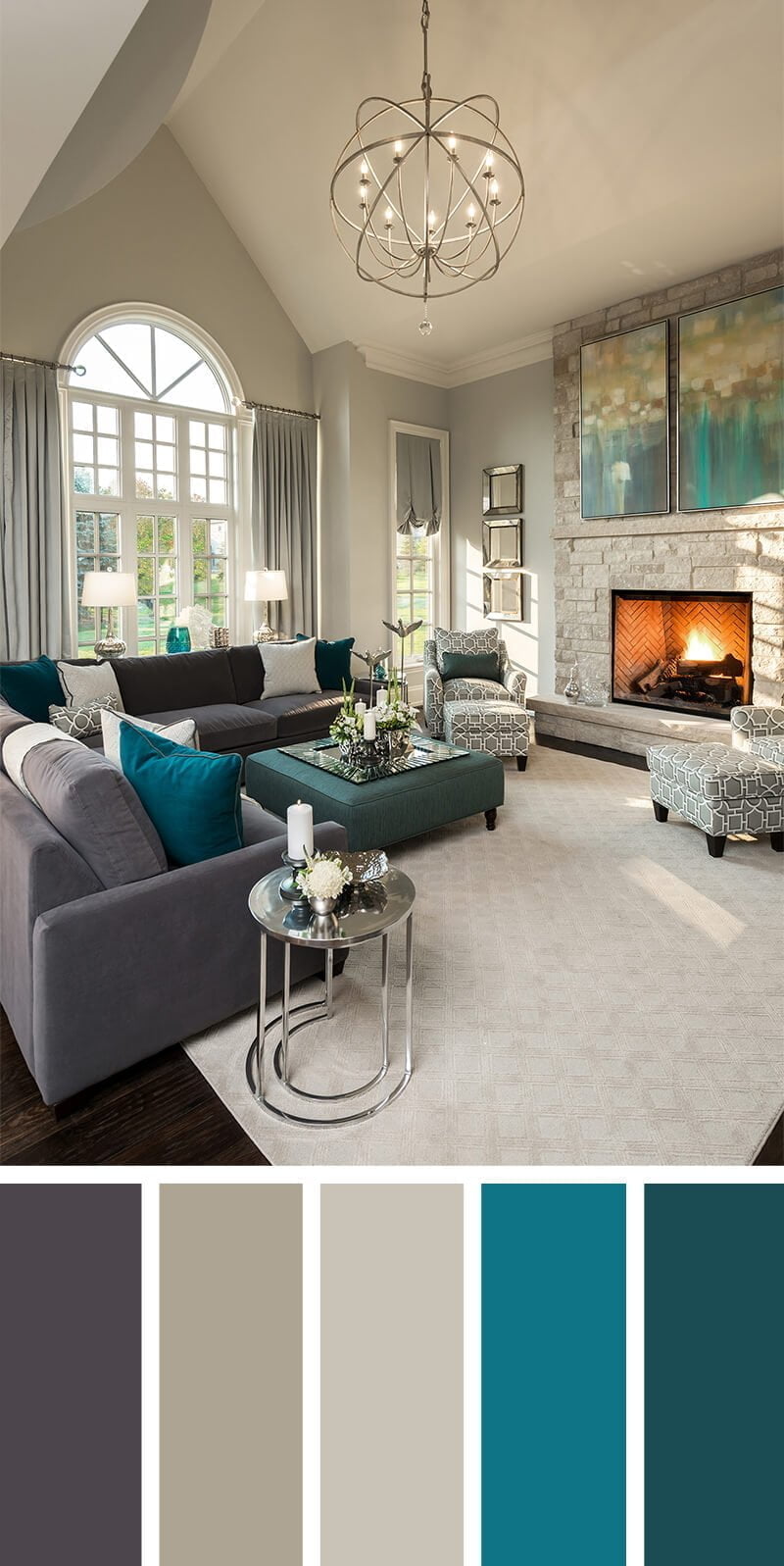




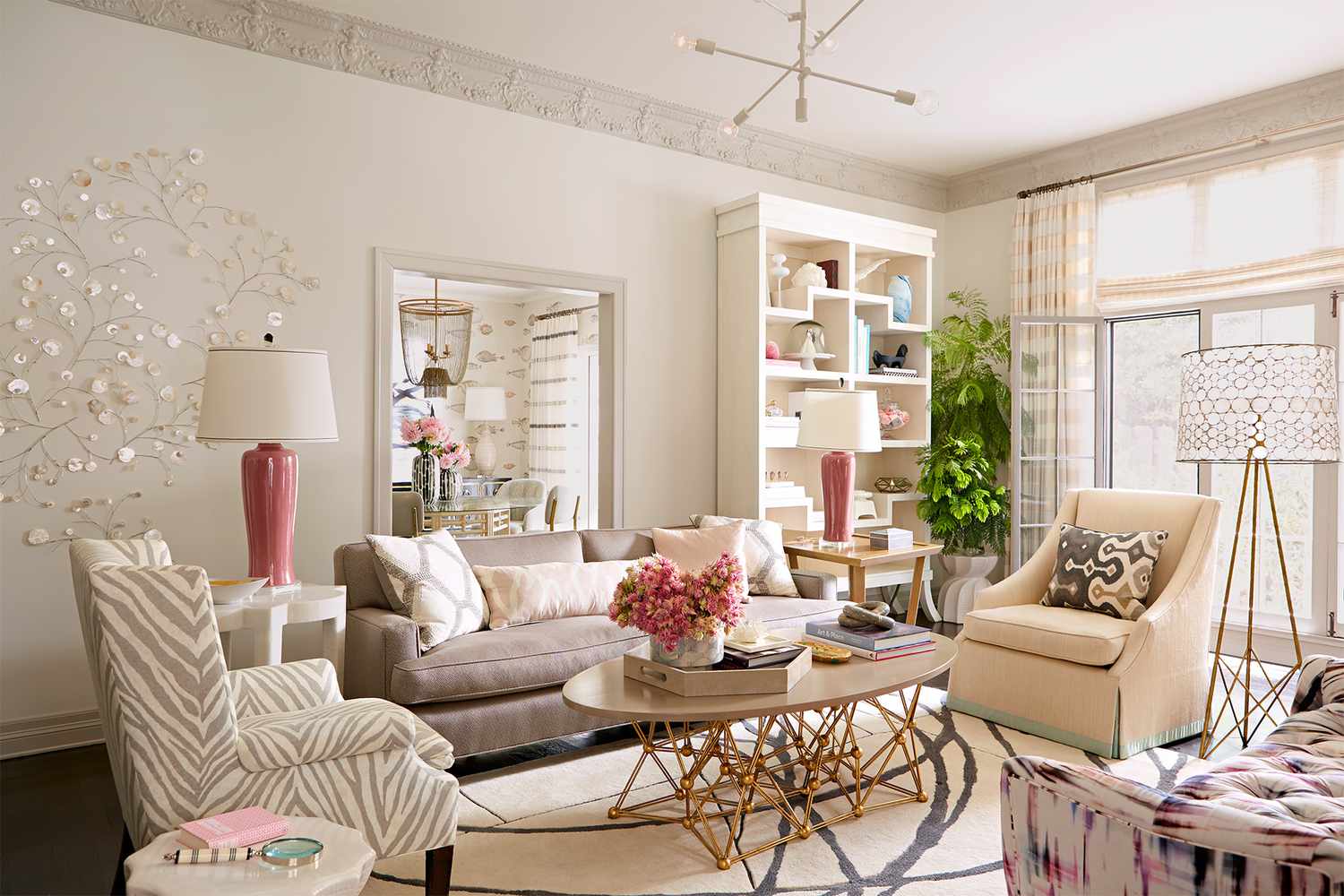
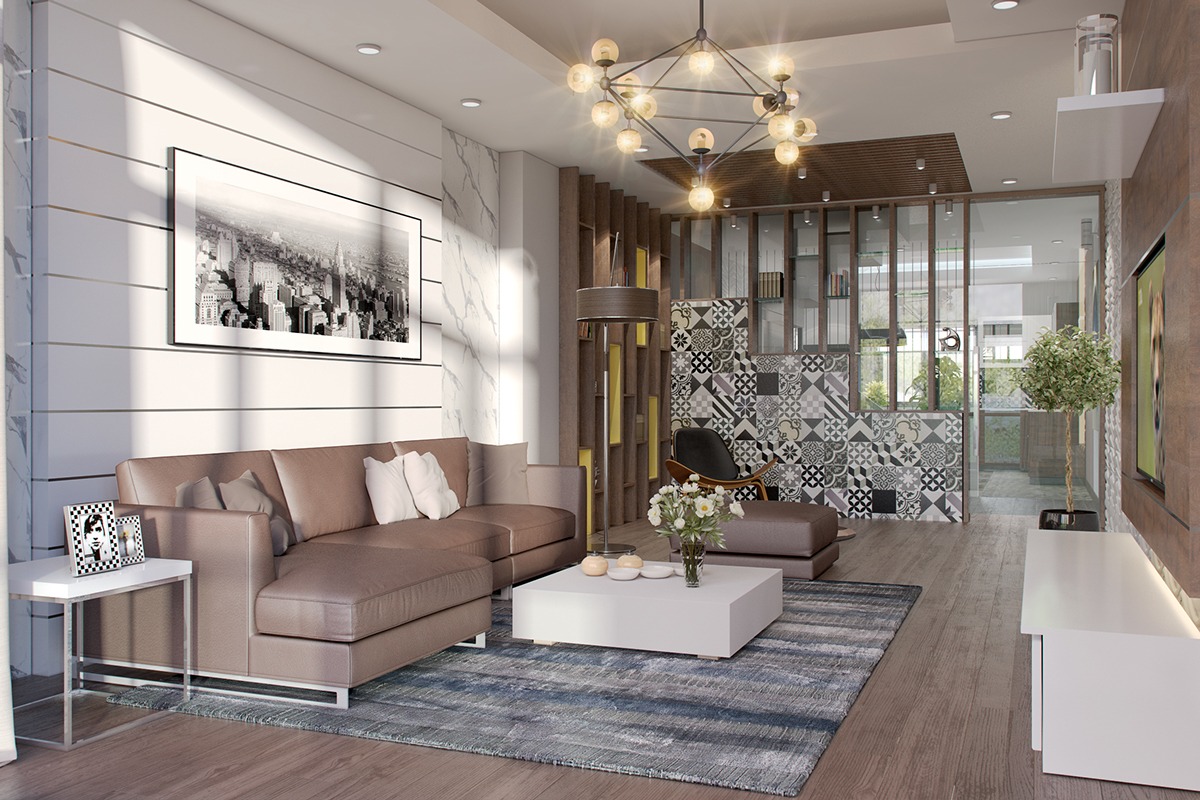
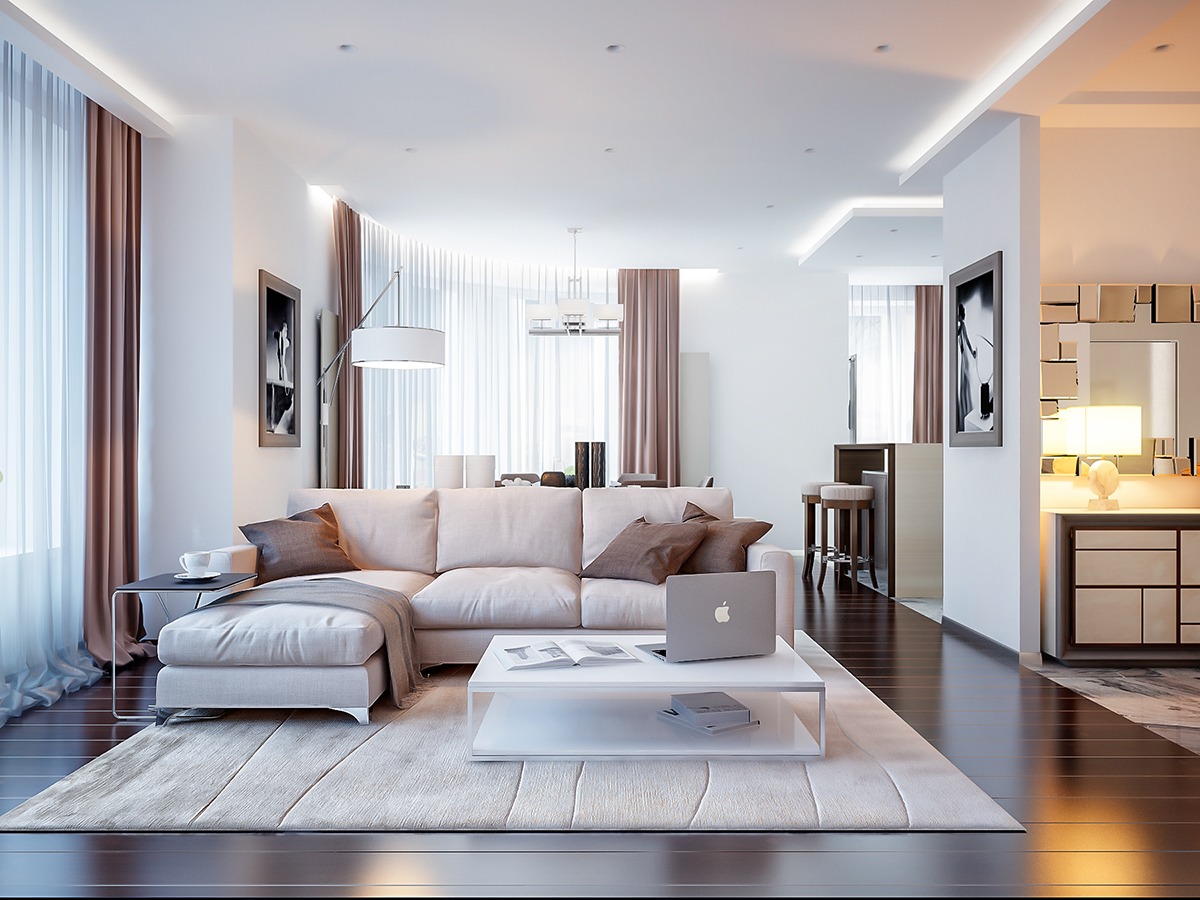



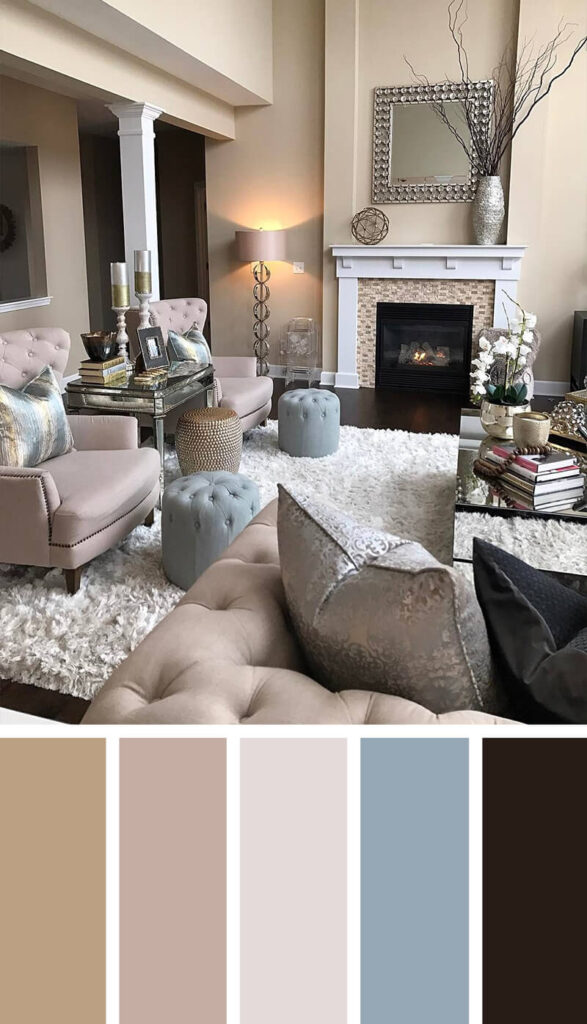


:max_bytes(150000):strip_icc()/monochromatic-175424478-resized-58a475403df78c4758656547.jpg)



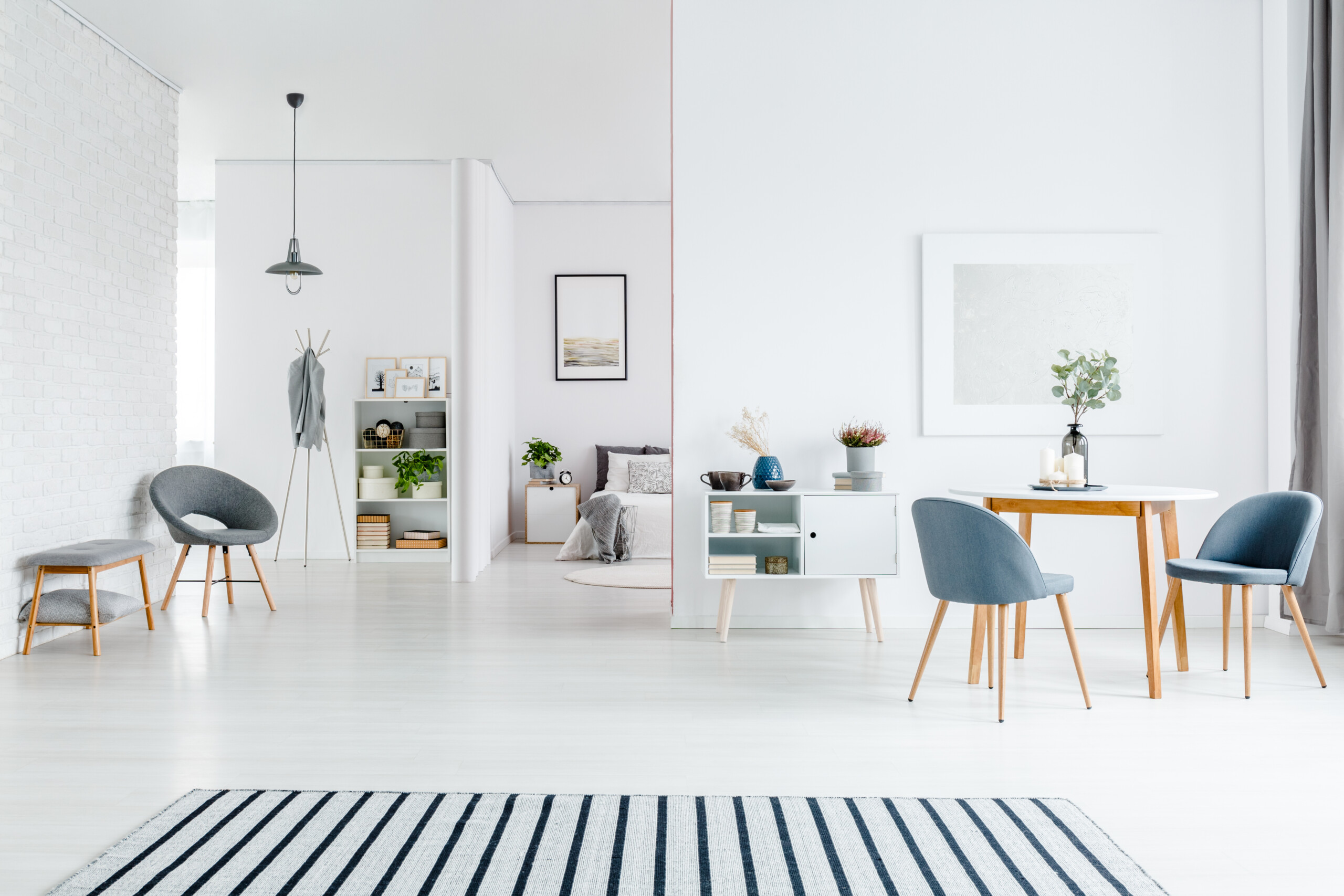



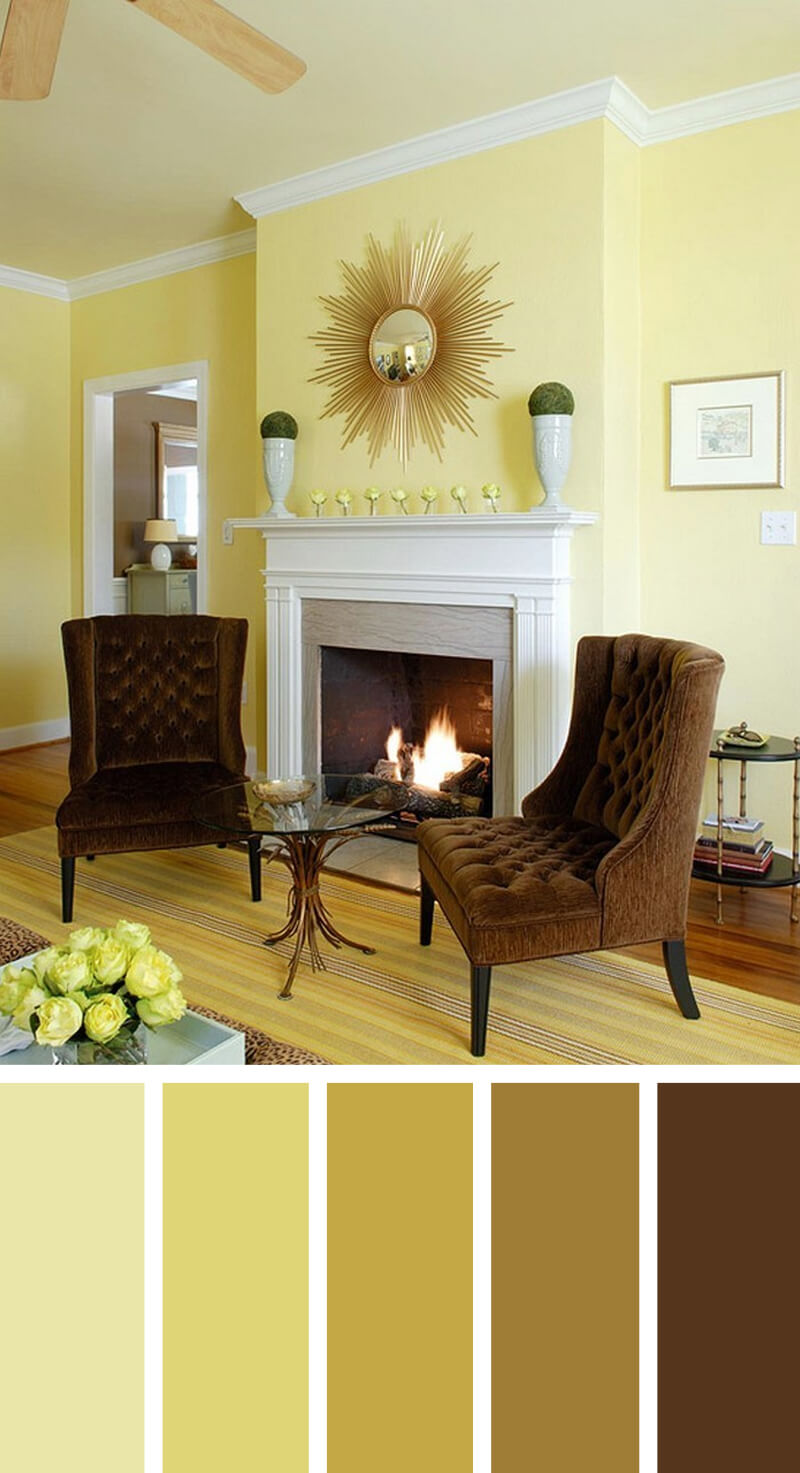



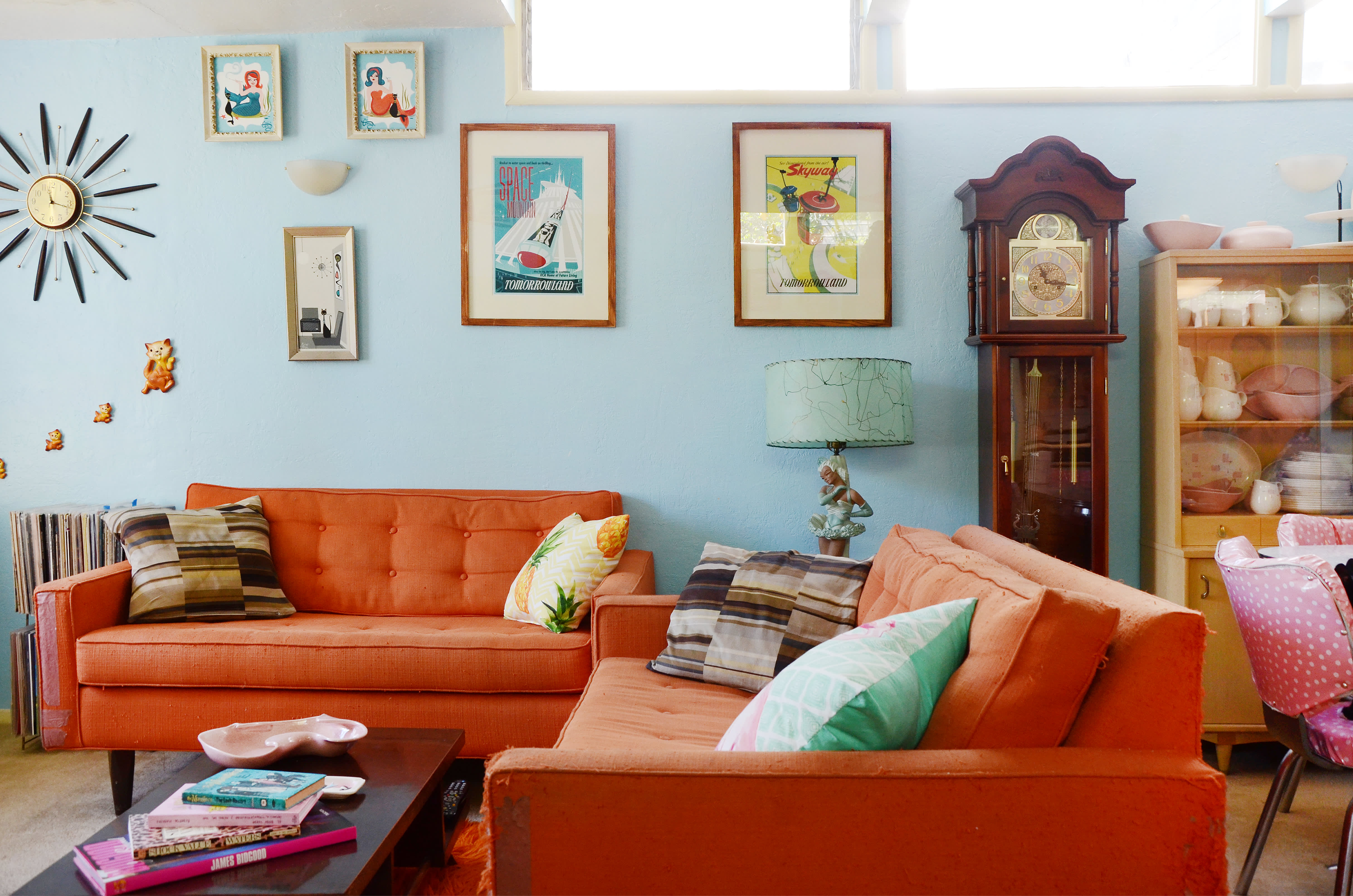











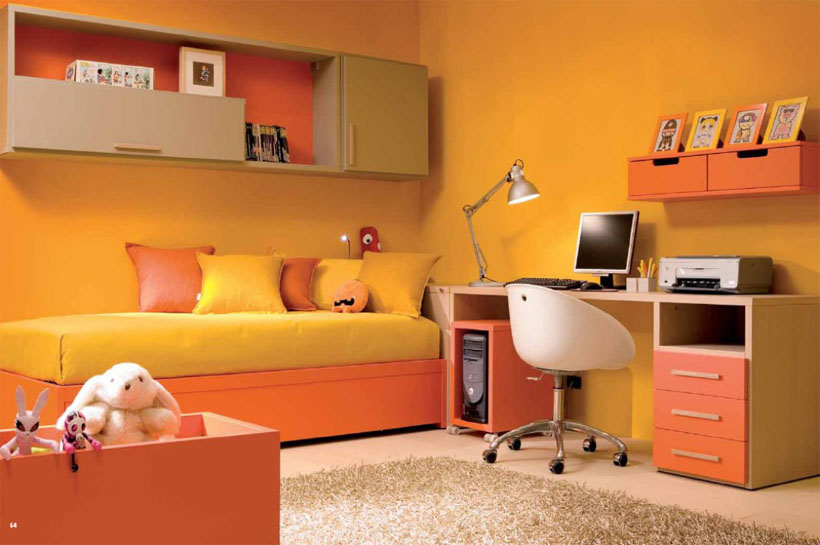



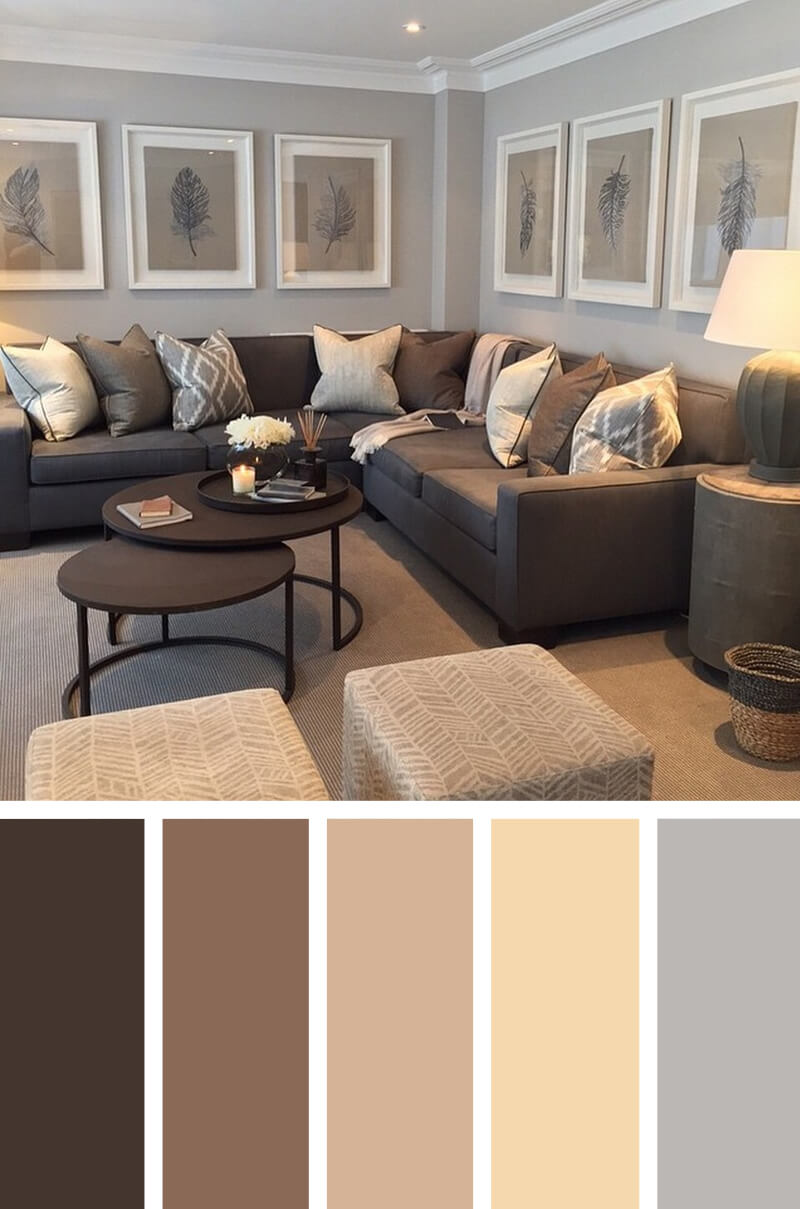




:max_bytes(150000):strip_icc()/purple-green-orange-bohemian-585afbdb5f9b586e023085fa.jpg)
:max_bytes(150000):strip_icc()/purple-green-orange-bohemian-585afbdb5f9b586e023085fa.jpg)
